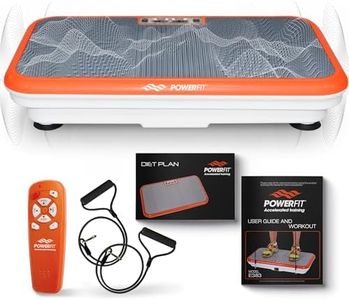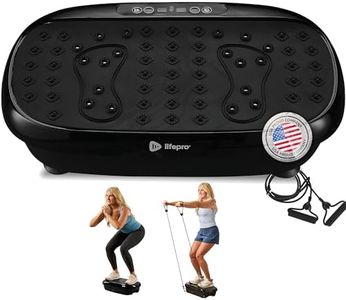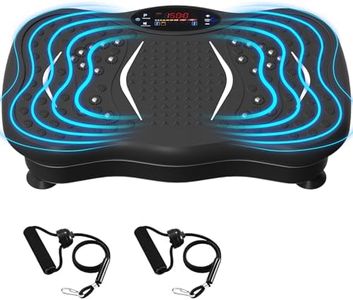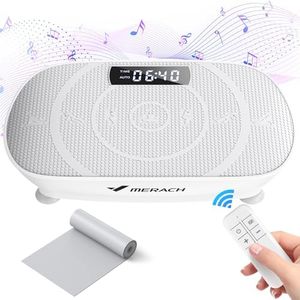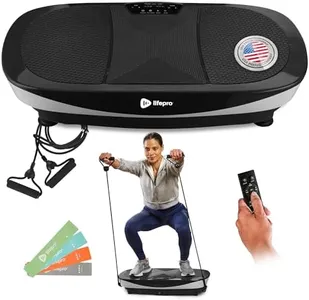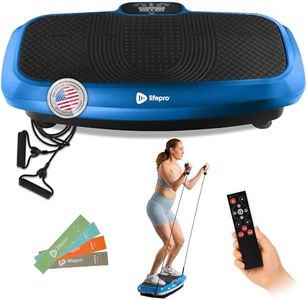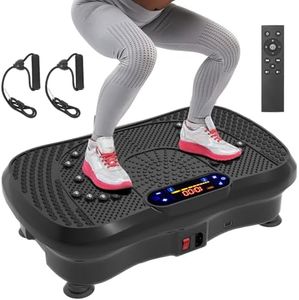We Use CookiesWe use cookies to enhance the security, performance,
functionality and for analytical and promotional activities. By continuing to browse this site you
are agreeing to our privacy policy
10 Best Vibration Plates
From leading brands and best sellers available on the web.Buying Guide for the Best Vibration Plates
Vibration plates are exercise machines designed to make workouts more efficient and effective by generating vibrations that cause your muscles to contract rapidly. They are often used for improving muscle strength, flexibility, balance, and even for aiding weight loss or rehabilitation. Choosing the right vibration plate is all about understanding what features matter to you, based on your fitness goals, available space, and how you prefer to exercise. By focusing on key specifications, you can find a model that best fits your needs and helps you get the most out of your investment.Vibration TypeVibration plates generally come in three types: oscillating (pivotal), linear (vertical), and triplanar. Oscillating plates tilt side to side and are good for weight loss and balance; linear plates move up and down and are better for muscle building; triplanar plates combine different directions for more challenging workouts. To decide, consider your primary goal: choose oscillating for general fitness and weight loss, linear for strength training, and triplanar if you want an intense, varied muscle workout.
Frequency RangeThe frequency is measured in Hertz (Hz) and refers to how many vibrations occur each second. Lower frequencies (typically 5-15 Hz) are suited for relaxation, massage, and balance, while middle frequencies (15-30 Hz) work well for general fitness and rehabilitation. Higher frequencies (up to 50 Hz) are for experienced users focusing on strength and power. Consider your fitness level: beginners should start with a plate offering a wide, but not too high, frequency range for adaptability. Advanced users can look for higher frequency capabilities.
AmplitudeAmplitude is the distance the plate moves up and down with each vibration, often measured in millimeters. Low amplitude (about 1-2 mm) produces gentle vibrations for lighter training or massage, while higher amplitude (up to 10 mm) gives more intense muscle stimulation. Select low amplitude if you want gentle exercise or recovery, and high amplitude if you want a stronger, more challenging workout. Some plates allow you to adjust amplitude for more versatility.
Platform SizeThe size of the vibration plate surface affects how comfortably you can stand, sit, or perform exercises on it. Small platforms suit solo standing exercises and take up little space, but may limit movement. Larger platforms are more versatile for different exercises and for users with larger body frames. Consider how you plan to use the plate—if you want to perform a variety of postures or movements, choose a bigger surface.
Maximum User WeightThis specification tells you how much weight the plate can safely support. Plates typically range from supporting 220 lbs (100 kg) to over 350 lbs (160 kg). Pick a plate with a maximum user weight that is comfortably above your own weight, especially if you want to include dynamic movements or additional equipment during your workout.
Preset Programs and ControlsMany vibration plates come with preset workout programs and variable intensity levels, which can make your workouts more interesting and easier to follow. Simple controls make the machine easier to operate, especially if you're new to this kind of equipment. If you appreciate guided routines, look for a plate with multiple programs; if you want complete control, make sure it allows for custom settings.
Noise LevelThe vibration mechanism can create noise, which might be disruptive if you live in an apartment or want to use the plate at odd hours. Lower noise levels are better for shared spaces. If quiet operation is important to you, look for models that mention ‘quiet operation’ or have good user feedback on their sound level.
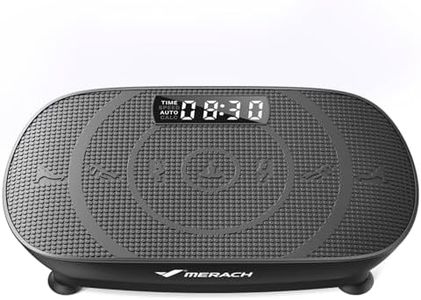

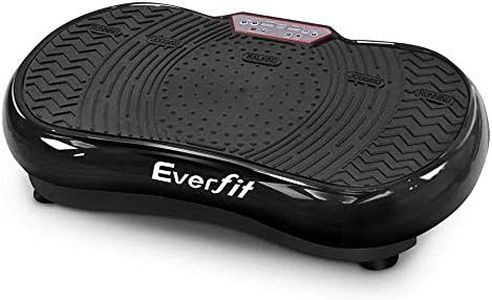


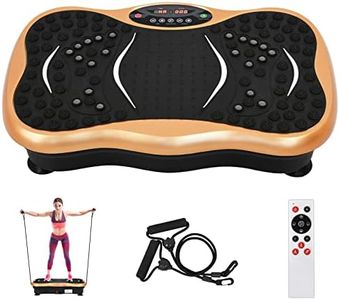
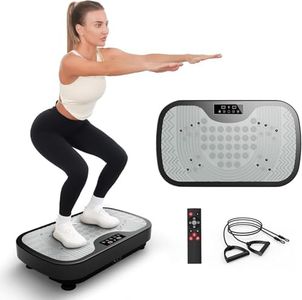
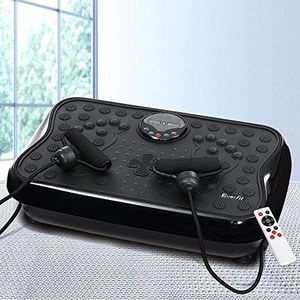
![Vibration Plate Exercise Machine - 120 Speed Levels Full Body Workout Vibration Platform with Loop Bands & Remote Control for Home Fitness & Weight Loss & Muscle Toning, [Au Plug]](https://images-proxy.bestreviews.guide/omkEWdm6hzuYxu5W3nTTLjYat9M=/0x300/https://m.media-amazon.com/images/I/41KVvEjdWNL._AC_CX679_.jpg)
